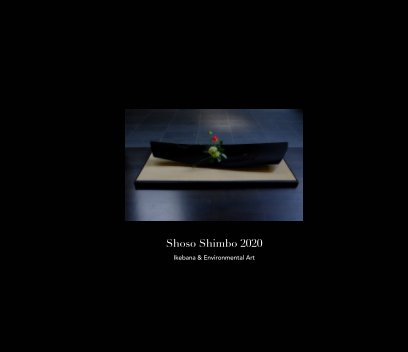Booking will open soon.
Ikebana
In Senno Kuden (1542), one of the early texts on ikebana (the art of Japanese flower arranging), Senno proposed that ikebana should be created based on the “omokage” of the floral and leaf materials in an arrangement. Omokage is not the image we see but is the conceptual essence of the materials. Just like some Cubist artists moved their focus from visual imitation to conceptual representation, ikebana artists move beyond the visual image of the flowers and through meditation, seek to grasp their essence.
Senno also thought that ikebana represents “onozukara naru sugata”, the essence of the universe. In the same way that Abstract Art can be seen to represent virtues such as order, purity, simplicity and spirituality, ikebana is searching for this essence of the universe, which I call Wa: Fluid Harmony in my performance.
Ikebana Performance
Inspired by Abstract Expressionism, artists like Georges Mathieu and Kazuo Shiraga used performance to show that the act of creating an artwork can be equally important as the final product.
In an Ikebana performance, the focus is on the process of creation as much as the end result. The artist has an image of the final destination, but there is no fixed plan. The artist, the material, the musicians and the music form a symbiotic relationship that is constantly transforming the whole composition of the work. Marcel Duchamp and Lewis Carroll were fascinated with these kinds of transformations that share an aspect of chess.
The emerging work is a dynamic matrix, an unpredictable arrangement of symmetry and asymmetry that incorporates the influence of the music into its design and execution.
Shoso Shimbo, PhD























